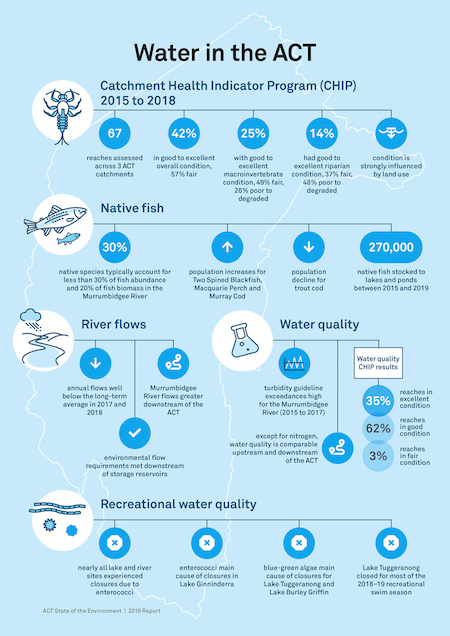Waterwatch data is used in a variety of ways, from government reports to scientific papers and university student research, and is used by local councils, agencies and government to inform waterway and catchment management.
Waterwatch data comprises over 26,000 records (in May 2021) and grows every month, with volunteers uploading their monthly water quality testing results.
 With water quality tests, water bug surveys and riparian vegetation assessment records, this comprehensive Upper Murrumbidgee Waterwatch data extends back to 1995 for some sites in the catchment. This data is compiled every year into the Catchment Health Indicator Program (CHIP) Report, a key output of the Waterwatch program.
With water quality tests, water bug surveys and riparian vegetation assessment records, this comprehensive Upper Murrumbidgee Waterwatch data extends back to 1995 for some sites in the catchment. This data is compiled every year into the Catchment Health Indicator Program (CHIP) Report, a key output of the Waterwatch program.
In addition, our Platypus Month group surveys provide valuable data on platypus and rakali in our region.
ACT State of the Environment reporting
The Commissioner for Sustainability and the Environment uses CHIP data to assess changes in aquatic ecosystem health in response to changing conditions and management activities for their State of the Environment reports. For more information refer to the 2019 ACT State of the Environment report.
ACT Wellbeing Framework
Waterwatch data is used in several components of the Healthy and resilient natural environment section of the recently published ACT Wellbeing Framework, which looks at 12 aspects of wellbeing that impact on the quality of life of Canberrans.
Icon Water - Source Water Protection
Icon Water uses Waterwatch data in their 3-yearly Sanitary Survey, which is reported to ACT Health. "The report summarises the condition of the ACT’s drinking water catchments every three years to determine the nature and extent of likely contaminants." (Icon Water 2018-19 Drinking Water Quality Report, p15).
ACT Government Environmental Monitoring
Within the ACT Government's Environment Division:
- the Biodiversity Research and Monitoring Program,
- the Conservation Effectiveness Monitoring Program
- the ACT Integrated Water Monitoring Plan, and
- ACT Water Reports
all include Waterwatch data.
NSW Environment Trust Grant
A successful $100,000 NSW Environment Trust Grant for Cooma Creek used Platypus data and Cooma Creek results from the CHIP report. The project involved local schools, field days to educate the local community, and resulted in environmental restoration and rehabilitation work on the creek to improve water quality and habitat for known species within the catchment, such as platypus, rakali , frogs and various bird species.
